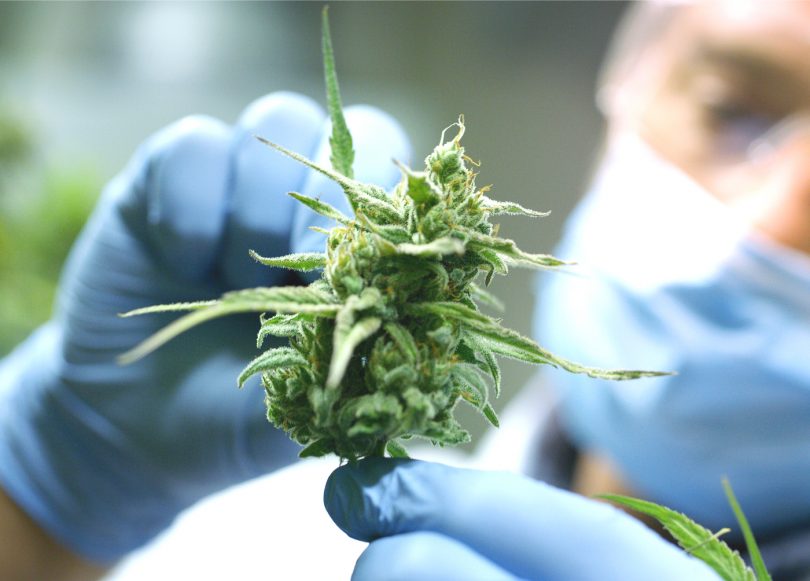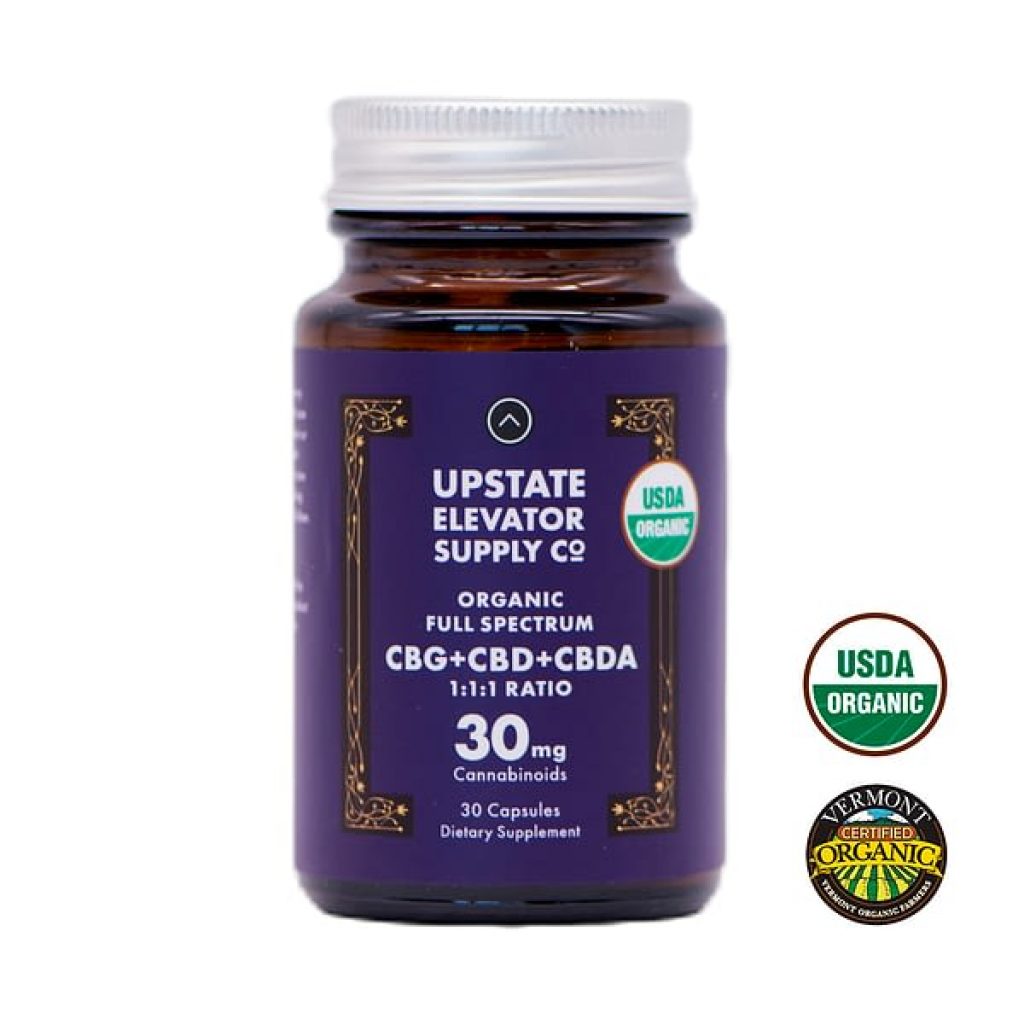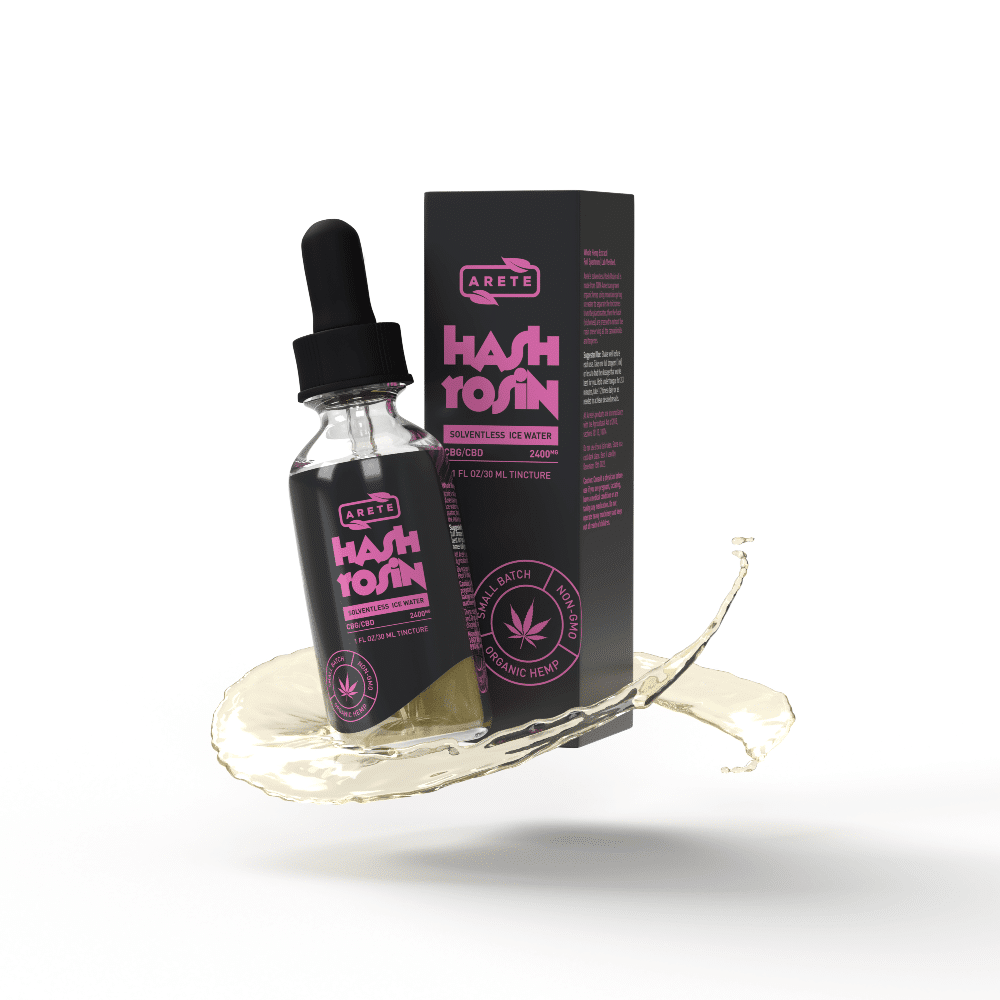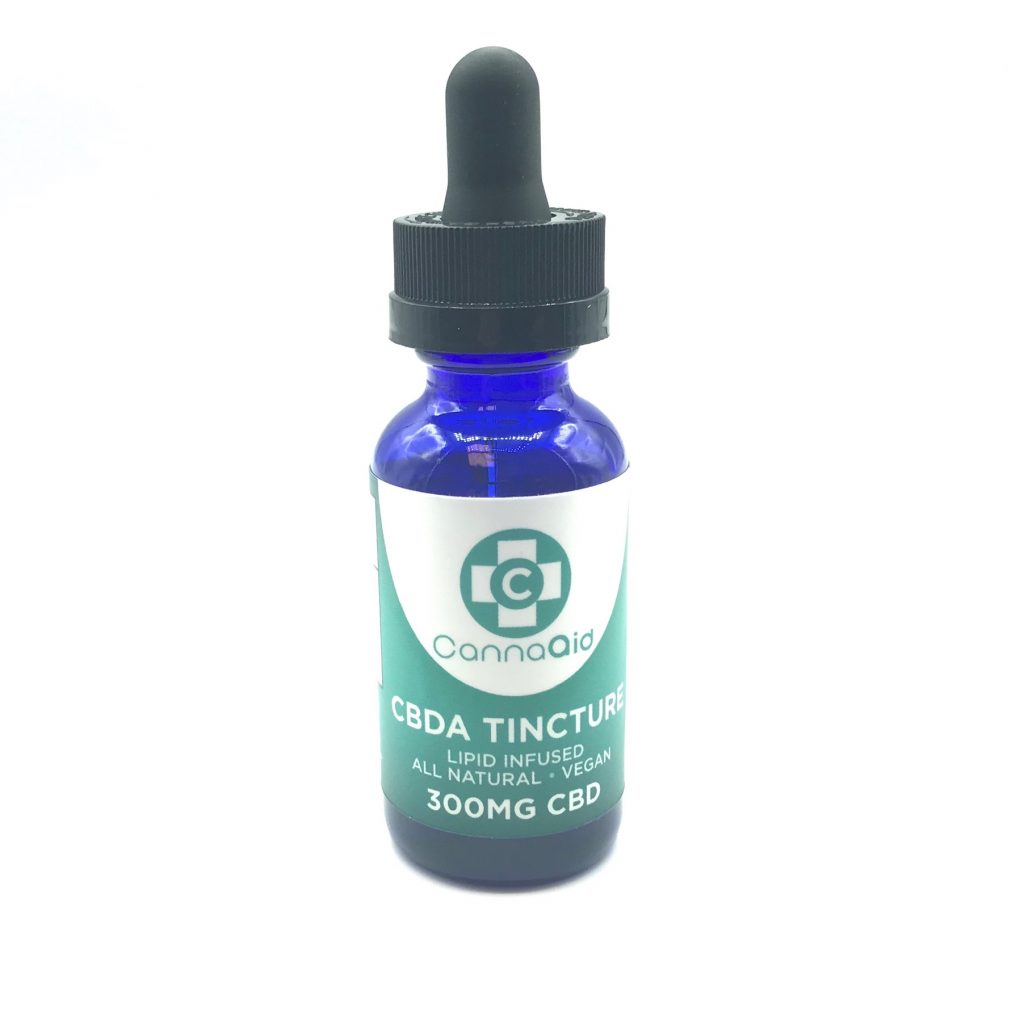Social media has been abuzz this week with news of a recently published laboratory study that found compounds in cannabis had the potential to stop COVID-19 from entering human cells. So does getting high increase immunity against COVID-19, or is it all too good to be true?
The idea of using cannabis compounds to prevent or treat COVID-19 is exciting, but not unheard of. So many plants have antiviral properties, nature is essentially a giant, partially untapped medicine cabinet. To learn more about natural compounds, and for exclusive deals on all the trending cannabinoid products, remember to subscribe to The THC Weekly Newsletter. Also save big on Delta 8, Delta 9 THC, Delta-10 THC, THCO, THCV, THCP & HHC products by checking out our “Best-of” lists!
So, does smoking weed really prevent coronavirus?
Short answer: no. I’ve been getting this question all week and to clarify, no, smoking cannabis will not prevent or treat COVID-19, as far as we know anyway. But a combination of terpenes along with two minor cannabinoids found in the raw plant matter can help – CBDA and CBGA.
There are two studies in question that have been getting a lot of attention lately. First, we’ll take a look at the most recent, which was published on January 10, 2022, in the Journal of Natural Products. The study was conducted by researchers at Oregon State University, using a chemical screening technique invented on campus. They found that Cannabidiolic acid (CBDA) and Cannabigerolic acid (CBGA) bound to coronavirus spike proteins and were able to inhibit the virus’s ability to enter healthy cells, at least in a petri dish.
Featured Product #1:
30mg Organic Full Spectrum CBG+CBD+CBDA Capsules
This is another great product to experience the very effective blend of CBG, CBD and CBGa in a form of capsule. This full spectrum 1:1:1 ratio CBG + CBD + CBDA capsules are potent, simple and effective as they combine three powerful cannabinoids in one product.
Click HERE to buy full spectrum CBG+CBD+CBDA capsules
Featured Product #2:
CBGA + CBDA Hash Rosin Oil Tincture
If you want to experience the benefits of CBGa + CBDa you should try this 2400mg hash rosin oil, that offers a high concentration of both!
Each bottle of 2400mg hash rosin oil tincture contains the following cannabinoids:
CBD – 687 mg
CBDa – 652.3 mg
CBG – 536.9 mg
CBGa – 359.5 mg
CBCa – 107.9
Delta 9 THC – 42.1 mg
Delta 8 THC – 4.4 mg (Naturally occurring)
CBC – 38.6 mg
Click HERE to buy the CBDa + CBGa hash rosin oil tincture
Featured Product #3:
300mg CBDA Tincture
With 300mg of CBDA per tincture and 30 servings per container, this tincture is your entry-level product, if you want to experience the benefits of CBDa. This is a very affordable solution (only $12.99/bottle) so get yourself a few and share with your fiends and family.
TIP: Use the THCWEEKLY coupon code for an additional 15% discount.
Click HERE to buy the CBDa tincture
(With THCWEEKLY coupon code)
“These cannabinoid acids are abundant in hemp and in many hemp extracts,” says Richard van Breemen, study lead and researcher with Oregon State’s Global Hemp Innovation Center, College of Pharmacy, and Linus Pauling Institute. “They are not controlled substances like THC, the psychoactive ingredient in marijuana, and have a good safety profile in humans. And our research showed the hemp compounds were equally effective against variants of SARS-CoV-2, including variant B.1.1.7, which was first detected in the United Kingdom, and variant B.1.351, first detected in South Africa.”
The second study, titled “In Vitro Evaluation of the Activity of Terpenes and Cannabidiol against Human Coronavirus E229,” was published by the peer-reviewed journal Life on March 29, 2021. The research studied the antiviral action of a proprietary formulation of terpenes. The blend, known as NT-VRL, is a combination of 30 terpenes including beta-caryophyllene, eucalyptol and citral developed by cannabis technology company Eybna.
Antiviral plants, nature’s medicine cabinet
Medicinal plants have been used for thousands of years to treat various ailments; it’s how the human race has survived centuries-worth of plagues, pandemics, and other outbreaks of disease. Interestingly, many animals such as deer, bear, elk, apes, some birds, lizards, and spiders, are all known to self-medicate with several local plants as well.
As far detached as we are from natural treatments, it’s estimated that even in modern western medicine, up to 25% of commonly used prescription and OTC medications contain compounds isolated from plants, or synthetic versions of these compounds. Take Marinol, for instance, a prescription anti-nausea medicine contains synthetic THC.
Healing plants work synergistically with the body’s natural capabilities, and they also boost the immune system making it less likely to get sick again in the future. Additionally, natural products typically work without destroying important cells and compounds that already exist in the body. Plant compounds can treat and prevent many different conditions including inflammation, bacterial infections, nausea, diarrhea, and viral infections.
A lot of plant extracts and isolated compounds possess broad-spectrum antiviral activity. Commonly used antiviral plants include: oregano, sage, basil, fennel, garlic, lemon balm (not lemon, but rather a lemon-scented plant that comes from the mint family), peppermint, rosemary, echinacea, sambucus, licorice, astragalus, ginger, ginseng, and dandelion.
What are cannabinoid acids?
Simply explained, cannabinoid acids are precursors to the cannabinoids we all know and love, like THC and CBD. They are found on the stems, leaves and flowers of certain strains of raw cannabis before any type of heat application or processing takes place. Decarboxylation, also referred to as “decarbing” for short, is the process of using heat (and sometimes light and oxygen exposure) to convert cannabinoids from their natural acidic state to their ‘activated’ form. By heating raw cannabinoids, a chemical reaction takes place that removes the carboxyl acid group and releases CO2.
Cannabis doesn’t create cannabinoids in the way we are familiar with them. Instead, it synthesizes several different cannabinoid acids; eight that we know of, to be specific. In order to become cannabinoids, these acids must be activated – or decarboxylated – using heat, light, and oxygen exposure.
Above we briefly mentioned THCA and CBDA, but let’s quickly go over all of the known cannabinoid acids:
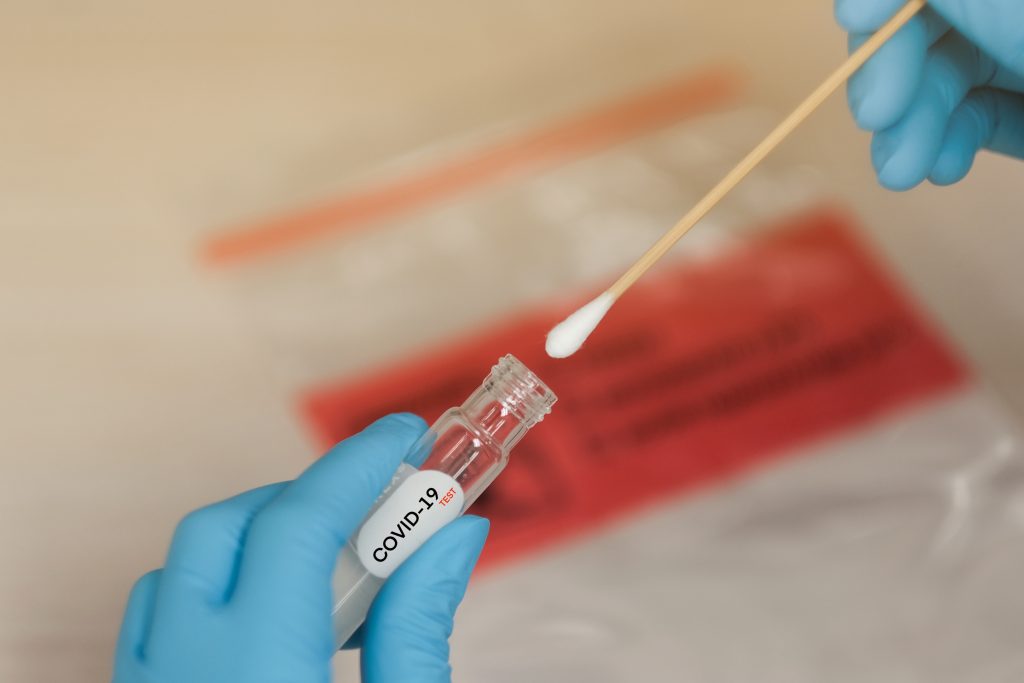
- CBGA (Cannabigerolic acid, becomes cannabigerol)
- THCA (Δ9-tetrahydrocannabinolic acid, becomes tetrahydrocannabinol)
- CBDA (Cannabidiolic acid, becomes cannabidiol)
- CBCA (Cannabichromenenic acid, becomes cannabichromene)
- CBGVA (Cannabigerovarinic acid, becomes cannabigerovarin)
- THCVA (Tetrahydrocanabivarinic acid, becomes tetrahydrocannabivarin)
- CBDVA (Cannabidivarinic acid, becomes cannabidivarin)
- CBCVA (Cannabichromevarinic acid, becomes cannabichromevarin)
CBGA, THCA, CBDA, and CBCA are the most abundant cannabinoid acids. All of the plant’s compounds start as CBGA and various enzymes eventually convert it into the other three. In addition to these major acids, there are another four corresponding “V” compounds with slightly shorter chemical structures, and they are: CBGVA, THCVA, CBDVA, and CBCVA.
Cannabinoid acids do not have any psychoactive effects, however, they do have numerous medical benefits. In the few studies that have emerged, cannabinoid acids were found to have antibacterial, antifungal, and insecticidal properties. In nature, their function is to defend the plant, so it makes sense that they work similarly in humans.
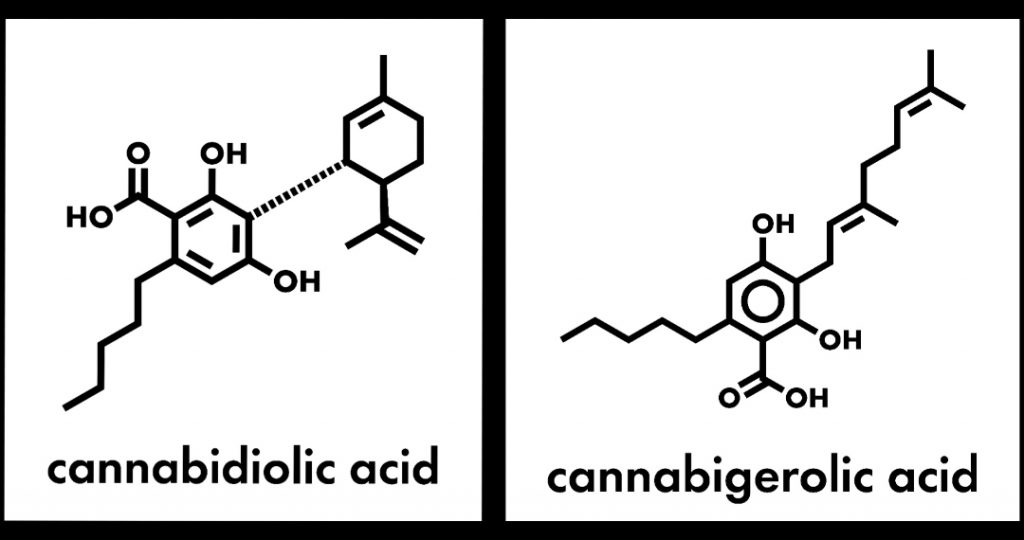
More about terpenes
Terpenes are a very large and diverse class of organic compounds that are produced by a wide variety of plants including herbs, trees, flowers, and fruit. In cannabis, they are secreted by the same glands that produce some of the most prominent cannabinoids including THC and CBD; but their role and effects are vastly different. Terpenes are aromatic plant oils that, when combined with other plant compounds, create a limitless palate of scents and flavors. In nature, terps serve as a defense mechanism by deterring herbivores who are turned away by the smells, and by attracting predators and parasites that attack herbivores.
Chemically, terpenes are hydrocarbon and they are the major component of rosin, a waxy type of sap that produced and developed throughout the life cycle of the cannabis plant. There are curing processes that can improve the final quality and content of the terpenes, but other factors that impact their development are climate, weather, age and maturation, fertilizers, soil type, and light cycles.
As far as cannabis goes, terpenes – not classification – are key to differentiating between the effects and flavors of various strains. Some terpenes are relaxing, like those found in lavender, while others are energizing, like the terps abundant in citrus fruit. Some smell fruity, some are piney, and others are musky. The possible variations are endless. So far, over 100 different terpenes have been discovered in cannabis plants alone, and each strain typically has its own unique blend and composition of terps.
Terpenes have long been known to hold great therapeutic value, and some of the more common ones – like limonene, pinene, and caryophyllene – have been studied more extensively, considering they’re found in many different types of legal plants. More research is needed to determine the extent of their medicinal effects when combined with other cannabis plant compounds.
Final thoughts on cannabis and COVID-19
To summarize, both of these studies are extremely promising, albeit not very surprising, knowing what we already know about plant compounds. More research needs to be done to see exactly how cannabis-based treatments, cannabinoid acids specifically, can be used to treat or possibly prevent COVID-19. Keep in mind that simply smoking weed will not prevent coronavirus, and if you’re already sick, it could make matters worse by further irritating the throat and lungs. To utilize CBDA and CBGA, you will need to find products that contain these cannabinoids, or eat raw cannabis.
Hello and Welcome! Thanks for making it to CBDtesters.co, the internet’s preeminent location for the most important and though-provoking cannabis and psychedelics-related news globally. Visit us whenever you can to stay on top of the always-in-flux universe of legal drugs and industrial hemp, and remember to check out The THC Weekly Newsletter, to ensure you always know what’s going on.
Disclaimer: Hi, I’m a researcher and writer. I’m not a doctor, lawyer, or businessperson. All information in my articles is sourced and referenced, and all opinions stated are mine. I am not giving anyone advice, and though I am more than happy to discuss topics, should someone have a further question or concern, especially regarding cannabis as part of medicinal regimen or any questions about COVID-19, they should seek guidance from a relevant professional.


